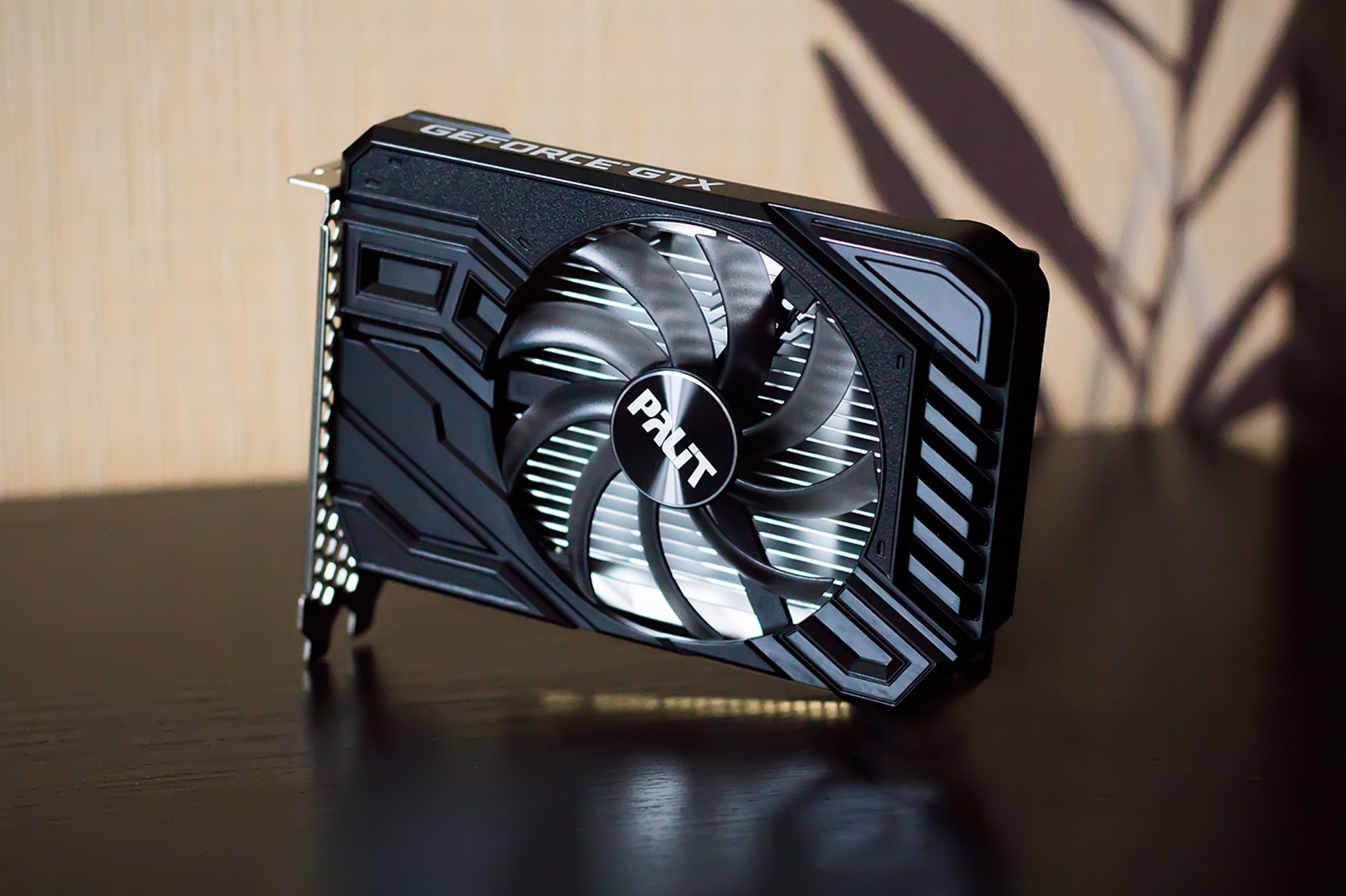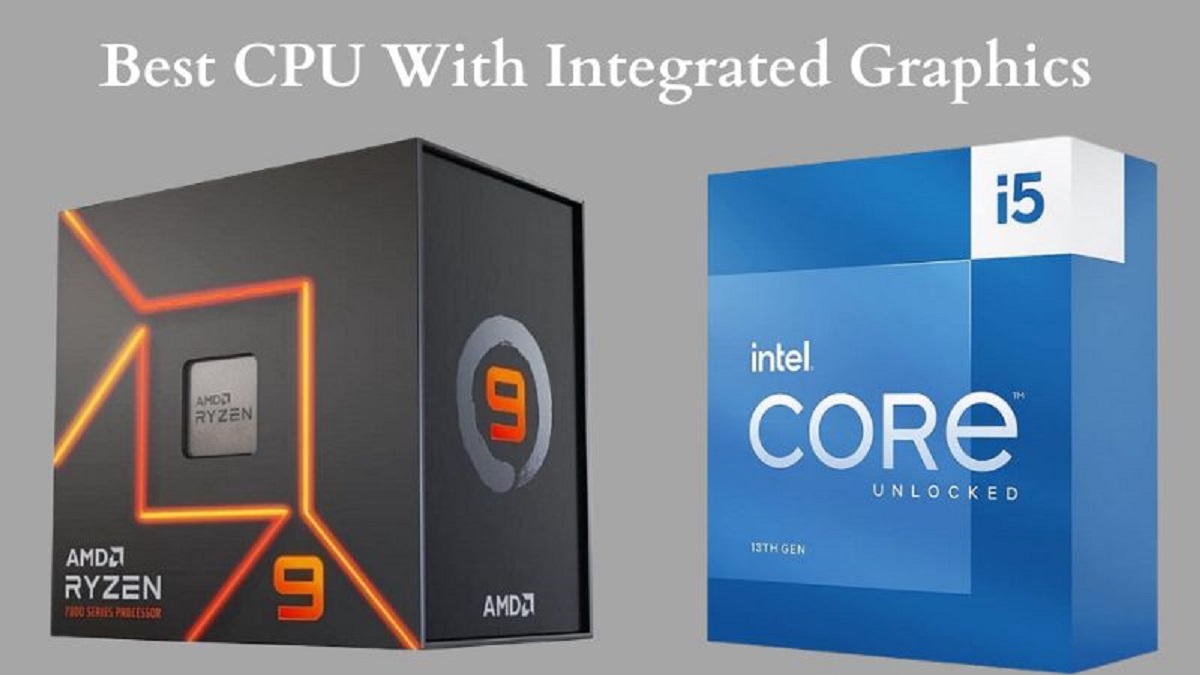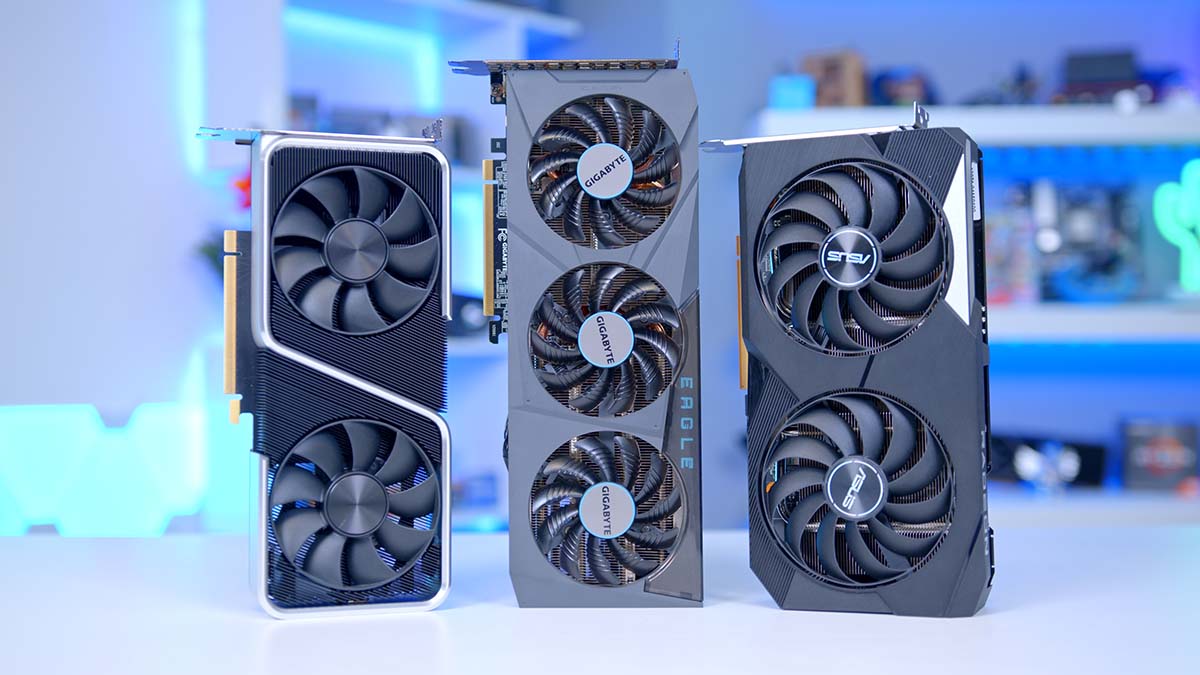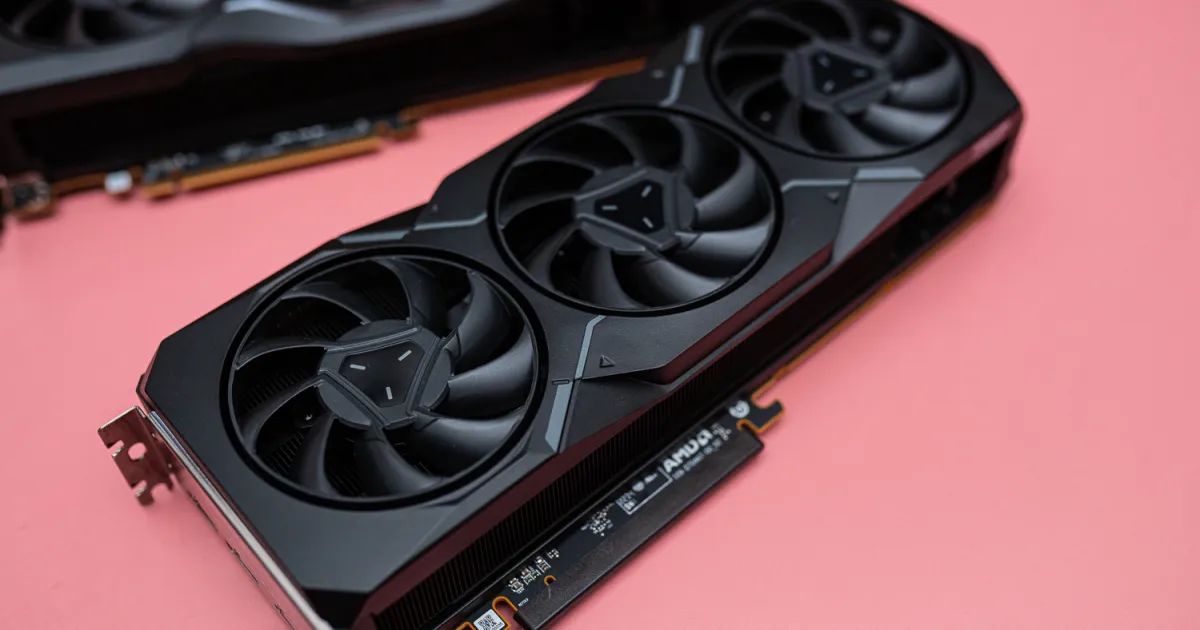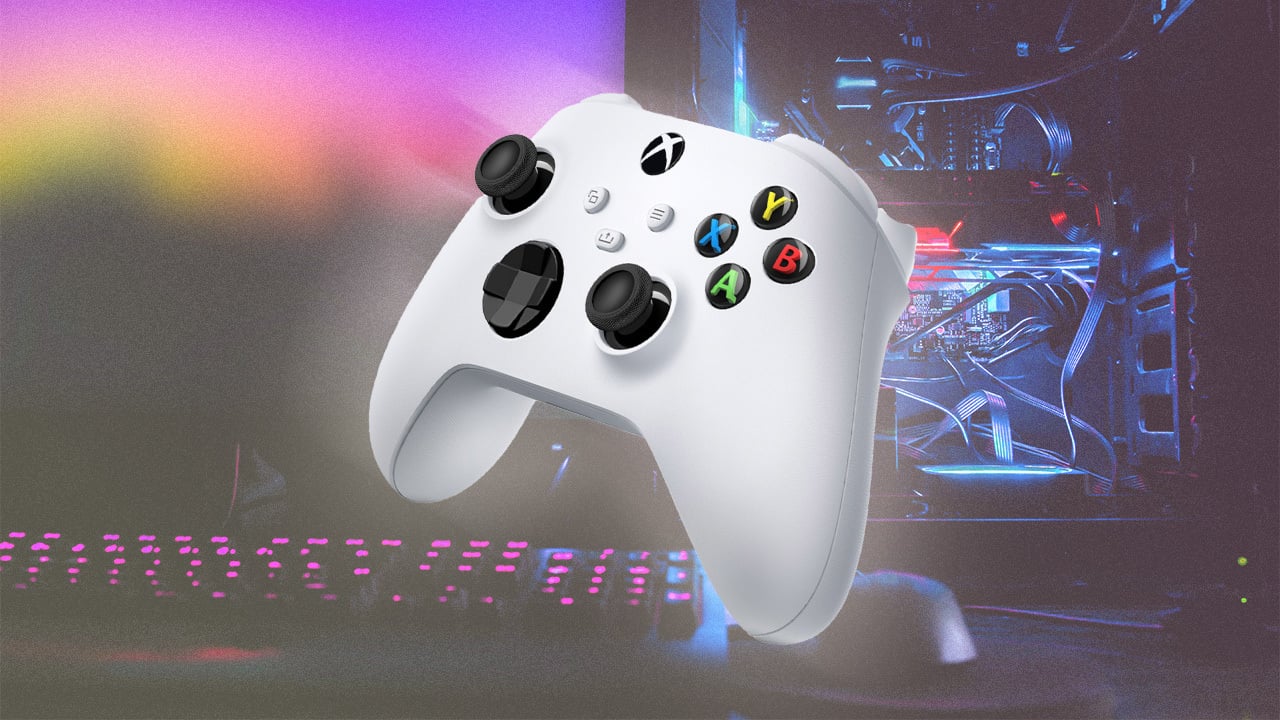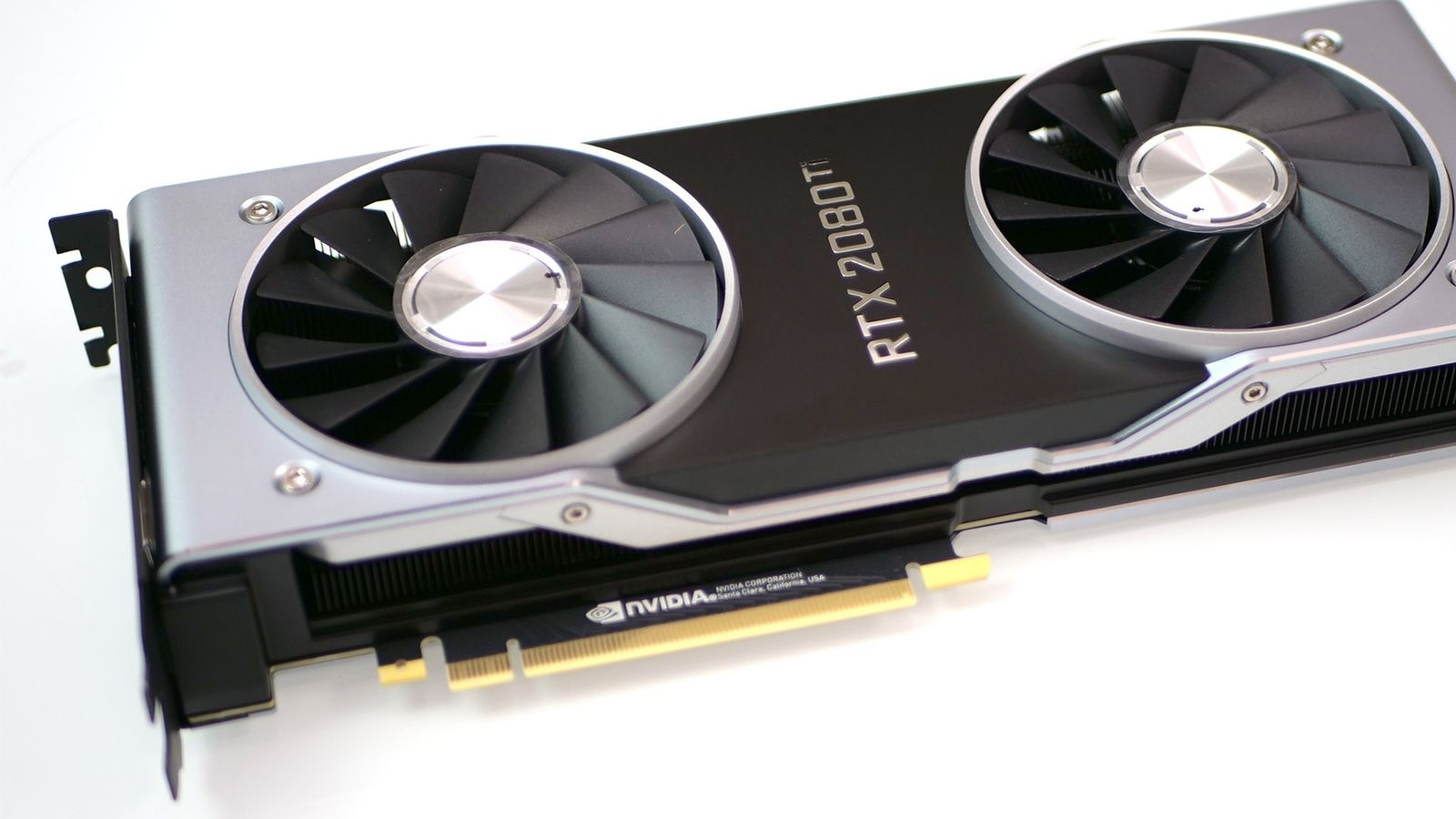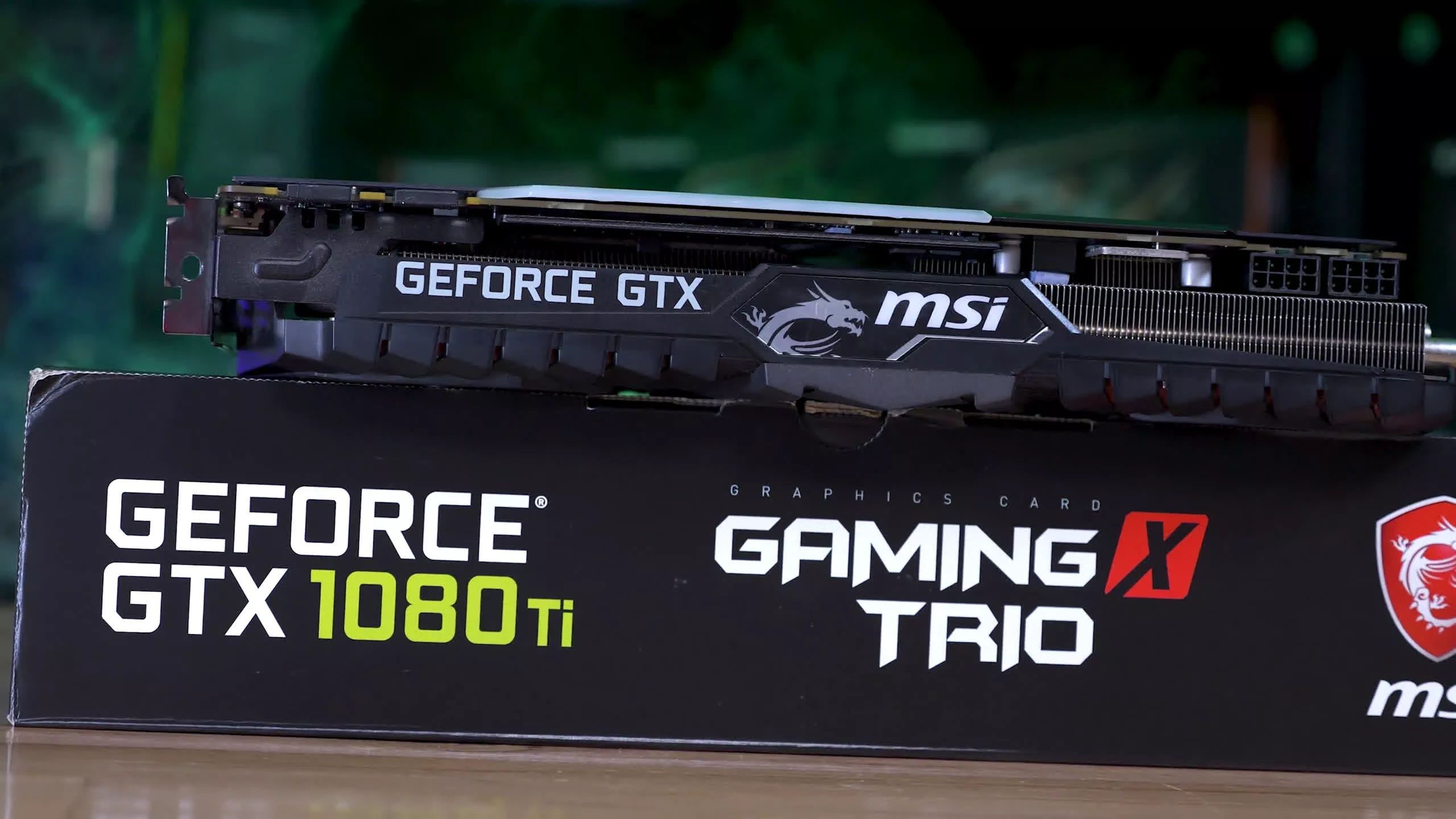Introduction
Streaming has become incredibly popular in recent years, with millions of people tuning in to watch their favorite content creators, gamers, and musicians live on platforms like Twitch, YouTube, and Facebook Live. Whether you’re a beginner looking to start your own streaming channel or an experienced streamer looking to upgrade your setup, one of the most important components you’ll need is a good graphics card. In this article, we’ll explore why a graphics card is crucial for streaming and discuss the factors to consider when choosing the best one for your needs.
Streaming refers to the process of broadcasting live video and audio content over the internet. This can include anything from playing video games in real-time to hosting Q&A sessions or performing live music. The appeal of streaming lies in its interactive nature, allowing viewers to engage with the content creator and participate in real-time conversations through chat features.
However, streaming is a resource-intensive task that requires a powerful computer setup to ensure smooth and high-quality live broadcasts. While other components, such as the processor and internet connection, also play a role in streaming performance, the graphics card is particularly important for handling the visual aspects of the stream.
A graphics card, also known as a GPU (Graphics Processing Unit), is responsible for rendering and displaying images, animations, and videos on your computer screen. When streaming, the graphics card has to process both the live gameplay or video content and any visual overlays or effects that are added in real-time. This includes elements like webcam footage, chat overlays, and stream alerts.
Having a good graphics card is essential for streaming, as it determines the quality and smoothness of your stream. A powerful GPU ensures that your stream is visually appealing, with crisp and clear graphics, and allows for seamless transitions between scenes without any lag or stuttering. It also enables you to add visually engaging elements, such as custom overlays and animations, to enhance the viewer experience and make your stream stand out.
Furthermore, a capable graphics card can alleviate the strain on your CPU, allowing it to focus on other tasks like encoding the stream and handling the chat interactions. This helps to maintain a stable and high-quality stream, even during intense gameplay or resource-demanding applications.
Now that we’ve established the importance of a good graphics card for streaming, let’s delve into the factors you should consider when choosing the best one for your needs.
What is streaming?
Streaming refers to the process of broadcasting live video and audio content over the internet. It allows content creators to share their experiences, talents, and expertise with a global audience in real-time. Streaming has gained immense popularity in recent years, creating a thriving community of viewers and streamers across various platforms.
One of the key elements that differentiates streaming from traditional media is its interactivity. Viewers have the ability to engage with the streamer and fellow viewers through chat features, allowing for real-time conversations and feedback. This interactive nature fosters a sense of community and connection, making streaming a unique and engaging experience for both viewers and content creators.
The types of content that can be streamed are diverse and varied. Gaming streams, where players broadcast their gameplay live, are one of the most popular categories. Viewers tune in to watch skilled gamers conquer challenges, interact with the gaming community, and provide entertainment through commentary and reactions.
Additionally, streaming extends beyond gaming. Many content creators stream themselves performing music, showcasing their artistic skills, hosting talk shows or podcasts, teaching educational content, or engaging in various other activities that capture the interests of their viewers.
Streaming platforms, such as Twitch, YouTube Live, and Facebook Live, have emerged as the go-to destinations for both viewers and content creators. These platforms provide the infrastructure and tools necessary to facilitate smooth and seamless live streaming experiences. They offer features like chat integration, channel customization options, and monetization opportunities, allowing creators to build and grow their streaming channels.
Streaming has become a powerful medium for entertainment, inspiration, and education. It offers an alternative to traditional media formats by enabling direct interactions between the content creator and their audience. Viewers can actively participate in the content they consume, creating a personalized and engaging experience.
As streaming continues to evolve, it opens up new opportunities for aspiring content creators to share their passions and connect with like-minded individuals around the world. The rise of streaming has revolutionized the way we consume and create content, making it an exciting and dynamic form of entertainment in the digital age.
The Importance of a Good Graphics Card for Streaming
When it comes to streaming, a good graphics card is essential for delivering a high-quality and visually appealing stream. The graphics card, also known as a GPU (Graphics Processing Unit), plays a crucial role in handling the visual aspects of the stream and ensures a smooth and immersive viewing experience for your audience.
One of the primary functions of a graphics card during streaming is rendering and displaying the in-game graphics or video content. It is responsible for processing the graphical elements, textures, animations, and special effects that are part of the content you’re streaming. A capable graphics card can handle the demanding graphics processing required by modern games and applications, resulting in a visually stunning stream.
Not only does a good graphics card enhance the visual quality of your stream, but it also allows for seamless transitions between scenes and activities. Whether you’re switching between different games, displaying live camera feeds, or showcasing overlays and graphics, a powerful GPU ensures smooth transitions without any lag or stuttering. It enables you to provide a professional and polished stream that captivates your audience.
In addition to graphics processing, a good graphics card can offload some of the encoding tasks from your CPU (Central Processing Unit) during streaming. Encoding refers to the process of compressing and converting the raw video and audio data into a format that can be transmitted over the internet. By using hardware encoding capabilities of the GPU, your CPU can focus on other important tasks, such as running the game or application smoothly, managing the stream chat, and handling other background software.
Efficient encoding with the help of a graphics card not only improves the overall performance and stability of your stream but also allows for higher quality video encoding. This means that you can stream in higher resolutions and bitrates without compromising on the clarity and smoothness of the stream. Your viewers will appreciate the crisp video quality and the absence of artifacts or pixelation.
Furthermore, a good graphics card can support additional features and functionalities that enhance the streaming experience. This includes features like hardware-accelerated video decoding, which can handle demanding video formats with ease, and support for advanced streaming software and tools that provide custom overlays, alerts, and other visual enhancements.
Ultimately, a good graphics card is a vital component for any streamer who wants to deliver a visually stunning, smooth, and professional-looking stream. It ensures that your audience is engaged, captivated, and impressed by the quality of your content, leading to a more enjoyable experience for both you and your viewers.
Factors to Consider When Choosing a Graphics Card for Streaming
Choosing the right graphics card for streaming is crucial to ensure optimal performance and a high-quality streaming experience. With so many options available in the market, it’s essential to consider several factors before making your decision. Here are some key factors to keep in mind when selecting a graphics card for streaming:
- Performance: The performance of the graphics card is of utmost importance when it comes to streaming. Look for a card that offers excellent performance in terms of graphics processing power, memory capacity, and clock speed. A powerful GPU will ensure smooth gameplay and stream encoding without any lag or stuttering.
- Compatibility: Make sure that the graphics card you choose is compatible with your system’s specifications, including the motherboard, power supply, and available slots. Check the requirements and compatibility guidelines provided by the card manufacturer to ensure a seamless integration with your setup.
- Video Encoding Support: Look for a graphics card that supports hardware encoding technologies such as Nvidia’s NVENC or AMD’s VCE. These technologies offload the encoding process from the CPU to the GPU, resulting in better overall performance and higher quality video encoding for your stream.
- Connectivity: Consider the connectivity options offered by the graphics card. Look for multiple video output ports, such as HDMI, DisplayPort, and DVI, to ensure compatibility with different display devices and capture cards. Also, check if the card supports multiple monitor setups if that’s something you require for your streaming setup.
- Memory: The amount of video memory, or VRAM, on the graphics card is essential for handling high-resolution textures, effects, and overlays. Aim for a card with ample VRAM to prevent performance issues during streaming, especially if you plan to stream in higher resolutions such as 1080p or 4K.
- Software Support: Consider the software ecosystem surrounding the graphics card. Check if the card is supported by popular streaming software like OBS (Open Broadcaster Software) or XSplit, as well as streaming platforms like Twitch. Compatibility with these software tools can make your streaming setup more seamless and streamlined.
- Power Consumption: Take into account the power consumption of the graphics card. Higher-end GPUs tend to require more power, so ensure that your power supply can handle the load. If you’re building a compact or energy-efficient system, consider a graphics card with lower power requirements.
- Price: Lastly, consider your budget when selecting a graphics card for streaming. Set a budget range and look for a card that offers the best value for your money. Remember that while high-end cards may offer top-of-the-line performance, there are also more affordable options that can still deliver a great streaming experience.
By considering these factors, you can make an informed decision when choosing a graphics card for streaming. Remember that every streamer’s needs may vary, so it’s essential to find a card that aligns with your specific streaming requirements and budget. A well-chosen graphics card will contribute greatly to the quality and success of your streaming endeavors.
NVIDIA vs AMD: Which Brand is Better for Streaming?
When it comes to choosing a graphics card for streaming, two major brands dominate the market: NVIDIA and AMD. Both brands offer a wide range of GPUs with varying performance levels and features. Let’s compare the strengths and offerings of each brand to help you decide which one is better for streaming.
NVIDIA:
NVIDIA has long been recognized as a leader in the graphics card industry, known for their high-performance GPUs and advanced technologies. NVIDIA’s GPUs come with features specifically designed to enhance streaming and gaming experiences. One notable technology is NVENC (NVIDIA Encoder), which offloads the encoding process to the GPU, resulting in improved performance and reduced strain on the CPU during streaming.
NVIDIA’s GPU software, known as GeForce Experience, offers additional benefits for streamers. It includes features such as ShadowPlay, which allows for easy recording and live streaming of gameplay, and NVIDIA Broadcast, which offers AI-powered audio and video enhancements for streamers. These features make NVIDIA GPUs a popular choice among professional streamers and content creators who prioritize ease of use and advanced streaming capabilities.
AMD:
AMD has made significant strides in recent years, offering competitive graphics cards that deliver excellent performance at an affordable price point. AMD’s GPUs also support hardware encoding technologies, such as VCE (Video Coding Engine), which allows for efficient video encoding during streaming, similar to NVIDIA’s NVENC.
One of the advantages of AMD graphics cards is their compatibility with a wider range of software and streaming platforms. AMD GPUs are well-supported by popular streaming software like OBS and XSplit and offer seamless integration with streaming platforms like Twitch. This makes AMD an appealing choice for streamers who value flexibility and compatibility with various software and platforms.
In terms of pricing, AMD GPUs often offer more budget-friendly options compared to NVIDIA. This can be advantageous for streamers who are just starting or have more constrained budgets. AMD’s lower-priced GPUs still provide good streaming performance and can handle most streaming needs without breaking the bank.
Ultimately, the choice between NVIDIA and AMD boils down to personal preferences and requirements. NVIDIA’s GPUs excel in terms of advanced features, software support, and ease of use, making them a favored choice among professional streamers. On the other hand, AMD’s GPUs offer cost-effective options and wider software compatibility, making them attractive to budget-conscious streamers or those seeking flexibility.
Before making a decision, consider factors such as performance requirements, software compatibility, budget, and specific streaming goals. Both NVIDIA and AMD provide solid options for streaming, so choose the brand that best aligns with your needs and priorities.
Top 5 Graphics Cards for Streaming
Choosing the ideal graphics card for streaming can be overwhelming, given the plethora of options available. To help narrow down your choices, we’ve compiled a list of the top five graphics cards that deliver excellent performance and streaming capabilities:
- NVIDIA GeForce RTX 3080: The NVIDIA GeForce RTX 3080 is a powerhouse graphics card that offers exceptional streaming and gaming performance. With its Ampere architecture and DLSS (Deep Learning Super Sampling) technology, it provides incredible visual fidelity while minimizing the strain on your system. It features NVIDIA’s advanced hardware encoding capabilities, making it suitable for high-quality and smooth streaming.
- AMD Radeon RX 6800 XT: The AMD Radeon RX 6800 XT is a top-tier graphics card that provides excellent streaming performance at a competitive price. With its RDNA 2 architecture and hardware-accelerated ray tracing capabilities, it delivers stunning visuals. The card supports AMD’s VCE (Video Coding Engine), ensuring efficient video encoding during streaming.
- NVIDIA GeForce RTX 3070: For those looking for a slightly more affordable option, the NVIDIA GeForce RTX 3070 offers impressive streaming performance. It features NVIDIA’s Ampere architecture, DLSS technology, and efficient encoding capabilities, providing a smooth and high-quality streaming experience without compromising on visual quality.
- AMD Radeon RX 6700 XT: The AMD Radeon RX 6700 XT is a mid-range graphics card that offers excellent value for streaming. With its impressive performance and support for AMD’s VCE, it can handle high-quality streaming while remaining budget-friendly. It is a great choice for streamers looking to balance cost and performance.
- NVIDIA GeForce GTX 1660 Super: If you’re on a tight budget, the NVIDIA GeForce GTX 1660 Super is a solid choice for streaming. While it may not offer the same level of performance as higher-end cards, it still delivers good streaming capabilities without breaking the bank. It supports NVIDIA’s efficient NVENC encoding and provides a reliable streaming experience.
These are just a few of the top graphics cards available for streaming, each offering its own set of features, performance levels, and price points. Consider your specific streaming requirements, budget, and overall system compatibility when making your final decision. Remember that your choice of graphics card should align with your streaming goals and provide the necessary power and capabilities to deliver a smooth and visually appealing stream.
Conclusion
Choosing the right graphics card is vital for achieving a high-quality streaming experience. A good graphics card ensures smooth gameplay, efficient video encoding, and visually stunning streams that captivate your audience. Throughout this article, we explored the importance of a graphics card for streaming, factors to consider when choosing one, and compared NVIDIA and AMD, the two leading brands in the industry.
When selecting a graphics card for streaming, it’s crucial to consider factors such as performance, compatibility, video encoding support, connectivity, memory, software support, power consumption, and budget. NVIDIA and AMD offer a range of GPUs that cater to different needs and preferences. NVIDIA stands out with advanced features, software support, and ease of use, making it a popular choice among professional streamers. Meanwhile, AMD offers cost-effective options and wider software compatibility, appealing to budget-conscious streamers and those seeking flexibility.
To streamline your decision-making process, we highlighted the top five graphics cards for streaming. The NVIDIA GeForce RTX 3080 and AMD Radeon RX 6800 XT are powerful options for those seeking top-tier performance. The NVIDIA GeForce RTX 3070 and AMD Radeon RX 6700 XT offer excellent performance with a more budget-friendly price tag. Lastly, the NVIDIA GeForce GTX 1660 Super provides a reliable streaming experience for those on a tight budget.
Ultimately, the best graphics card for streaming depends on your specific needs, preferences, and budget. Consider your streaming goals, system compatibility, and the features that matter most to you. By doing so, you’ll be able to find the perfect graphics card that enables you to deliver smooth, high-quality streams and take your streaming journey to new heights.







